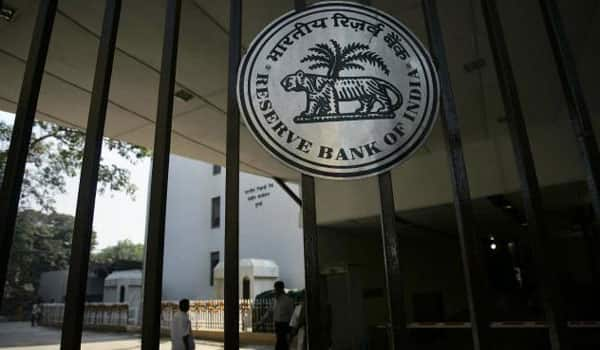Zee Media Bureau
The recent Fed Fund rate hike and the developments in China call for a careful calibration of domestic policies to withstand global headwinds, said a financial stability report (FSR) released by RBI on Wednesday.
The FSR is released by the RBI on behalf of the Financial Stability and Development Council (FSDC).
Here are the key highlights of RBI's Financial Stability Report:
Macro-Financial Risks
While the first Fed rate hike since 2006 appeared to have been factored in by the markets, the pace of further increase may have a significant bearing on market behaviour. This along with the developments in China and sluggish global trade growth would define the global economy going forward.
While India’s macro-economic fundamentals are relatively stronger, domestic demand and private investment are still not picking up, underscoring the need to step up public investments. Although India’s current account balance has benefitted from the fall in international crude prices and reduction in gold imports, exports have been adversely affected due to weak external demand.
While the ratio of short term external debt to forex reserves has been moderating, attracting robust capital flows to finance the current account deficit will require continuous thrust on structural reforms and improving the ease of doing business.
In the corporate sector, declining profitability, high leverage and low debt servicing capacity continue to cause concern with their attendant adverse impact on the financial sector, notwithstanding a marginal improvement observed during the first half of current financial year.
Financial Institutions: Soundness and Resilience
Scheduled Commercial Banks – Performance and Risks
The business of scheduled commercial banks (SCBs) slowed as reflected in further decline in both deposit and credit growth. Between March and September 2015, the gross non-performing advances ratio increased, whereas restructured standard advances ratio declined. Sectoral data as of June 2015 indicates that ‘industry’ continued to record the highest stressed advances ratio of about 20 percent, followed by ‘services’ at 7 percent. The capital to risk-weighted asset ratio (CRAR) of SCBs registered some deterioration during the first-half of 2015-16.
Among other financial institutions, the asset quality of both scheduled urban co-operative banks (SUCBs) as well as non-banking financial companies (NBFCs) deteriorated during the first-half of 2015-16.
The banking stability indicator shows that risks to the banking sector increased since the publication of the previous FSR, mainly on account of deteriorating asset quality, lower soundness and sluggish profitability.
Financial Sector Regulation
While global financial sector regulatory reform agenda is being implemented steadily, there is a need for better appreciation of cost-benefit matrix of these reforms across jurisdictions given the structurally different economies with varying national priorities.
Banking sector
While steps taken for developing corporate debt markets in India are showing some results, the dependence on bank finance continues even as the banks, especially the PSBs face challenges on asset quality, profitability and capital. In addition to the focus on governance processes through initiatives like ‘Indradhanush’, the PSBs may need to review their business models, and examine strategic decisions like capital planning and dividend policy.
Securities market
Indian capital markets regulation has kept pace with the requirements of changing business environment by, among other things, creating special platform for enabling the start-up companies to access the capital markets. The domestic institutional investors, especially the mutual funds, are observed to be buffering the possible volatility due to foreign portfolio investment flows. Subsequent to the merger of Forward Markets Commission (FMC) with the Securities and Exchange Board of India (SEBI), guidelines on the comprehensive risk management framework have been issued to align and streamline the risk management framework across national commodity derivatives exchanges in India.
Insurance sector
The insurance business model encompassing both insurers and reinsurers has specific features that differentiate it from the banking system and make it a source of stability in the financial system.
Pension sector
The national pension system (NPS) is showing steady growth, and the Atal Pension Yojana (APY) aims to mitigate challenges faced by people in the unorganised sector.
















